Mammals
Media
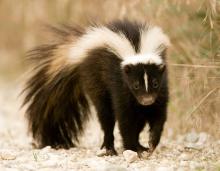
Species Types
Scientific Name
Mephitis mephitis
Description
Skunks are omnivorous mammals notorious for their ability to discharge an obnoxious scent when provoked. The striped skunk is the most commonly encountered skunk in our state.
Media

Species Types
Scientific Name
Canis lupus
Description
The gray wolf originally ranged throughout Missouri, but with settlement the species was gradually exterminated. While there is no evidence of a breeding population in the state, wolves are listed as a protected species in Missouri, and they occasionally wander into Missouri from northern states.
Media
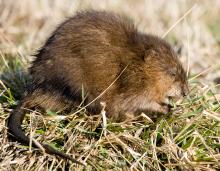
Species Types
Scientific Name
Ondatra zibethicus
Description
The common muskrat is one of the most abundant commercial furbearers in Missouri. This semiaquatic rodent has benefited from the construction of thousands of farm ponds throughout the state.
Media
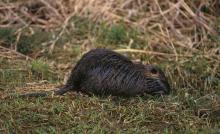
Species Types
Scientific Name
Myocastor coypus
Description
The nutria is a large aquatic rodent native to South America. They were brought to the United States for the fur market. In Missouri, nutria are sometimes trapped in the southeastern part of the state.
Media
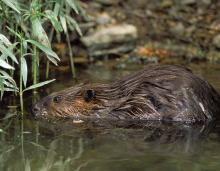
Species Types
Scientific Name
Castor canadensis
Description
The American beaver is a semiaquatic rodent distinguished by its large size, webbed hind feet, and large, horizontally flattened tail covered with leathery scales.
Media
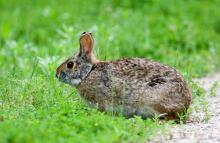
Species Types
Scientific Name
Sylvilagus aquaticus
Description
Larger and yellower than the eastern cottontail, the swamp rabbit is confined to swamps of Missouri’s Bootheel. As a wetland dweller, it’s a good swimmer and diver, but lack of swamp habitat is making this rabbit’s numbers decline.
Media
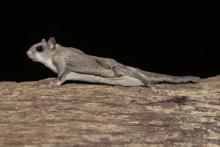
Species Types
Scientific Name
Glaucomys volans
Description
Flying squirrels don’t actually fly, but they are expert hang gliders. Instead of running around on the ground, they climb to the top of a tall tree, launch into the air, glide downward to the bottom of another tree and repeat the process to get where they’re going.
Media

Species Types
Scientific Name
Ictidomys tridecemlineatus
Description
The thirteen-lined ground squirrel has 13 alternating brown and whitish lines (some may be broken into spots) along its back and sides, creating rows of whitish spots within dark lines. It stands upright to survey its surroundings and dives into its burrow when it senses danger.
Media
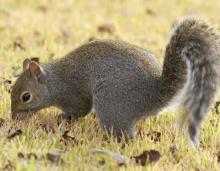
Species Types
Scientific Name
Sciurus carolinensis and Sciurus niger
Description
The eastern gray squirrel and eastern fox squirrel are both very common in Missouri. Their names describe their general coat color: the first is grayish, the other a foxy red.
Media
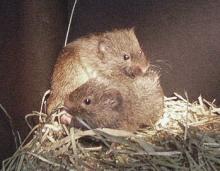
Species Types
Scientific Name
Microtus ochrogaster, M. pinetorum, and M. pennsylvanicus
Description
There are three species of voles in Missouri: prairie, meadow, and woodland voles. These mouselike rodents have rounded, blunt snouts, chisel-shaped front teeth, and short tails.
See Also
About Mammals in Missouri
More than 70 species of wild mammals live in Missouri: opossums; shrews and moles; bats; rabbits; woodchuck, squirrels, beaver, mice, voles, and other rodents; coyote, foxes, bear, raccoon, weasels, otter, mink, skunks, bobcat, and other carnivores; deer and elk; and more. Most of us recognize mammals easily — they have fur, are warm-blooded, nurse their young, and breathe air.





















